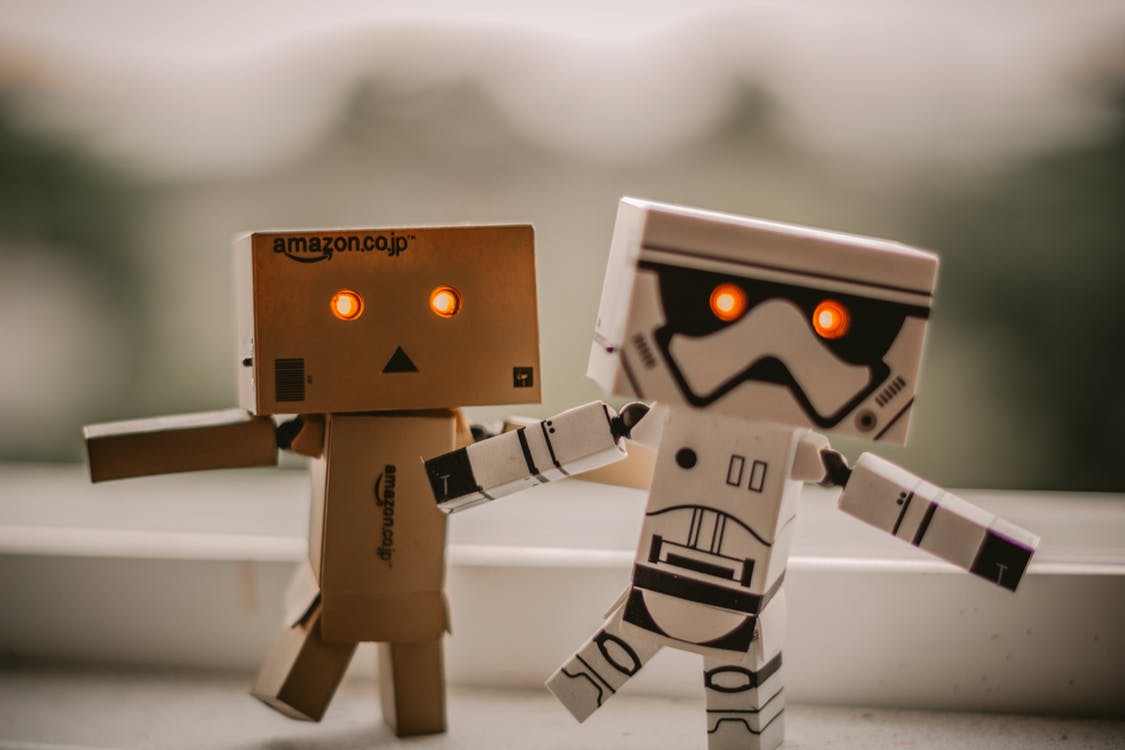
It speeds up cancer diagnoses, helps farmers feed the world and keeps kids safe – so can Artificial Intelligence really be so bad?
Silently transforming industries with technical innovation, AI promises a social shift on the same scale as the industrial, technical, and digital revolutions. Despite the promise of solving world problems and keeping families safe and healthy, A.I. cannot realise its full potential until gaps in understanding of the technology – and the public’s resulting trust – are fully addressed.
Recent research conducted by the Royal Society Machine Learning Working Group showed that only nine per cent of people surveyed knew the term ‘machine learning’ (a branch of AI) and three per cent knew a great deal about it. Popular understandings are gleaned from representations in pop culture: the first A.I. robot hit the screens in the 1927 sci-fi movie Metropolis and since then a steady flow of movies from The Matrix to Ex-Machina have brought the technology to life. Today, friendlier, more helpful examples of AI like Amazon’s Alexa are helping to form the public perception of the technology – but could they confidently tell you how it works?
The clearest message to take away from Royal Society Machine Learning Working Group research, is the importance of providing information and educating people on machine learning, in order to drive awareness. At a recent Intel panel discussion on the relationship between artificial intelligence and humans, Jeremy Wyatt, Professor of robotics and AI at the University of Birmingham, challenged popular perceptions of AI’s role in society: “We’re going to create an AI zoo, not an AI human”. Jeremy is right, we are not creating AI that can solve all problems to replace human intelligence, but we are developing AI technology to support specific tasks to create a smarter, more efficient future.
We can’t underestimate the importance of AI systems for society in the future. It is essential that we continue to finesse the interaction between humans and machines, as the technology is incorporated into an ever-increasing number of devices. One exemplary case of artificial intelligence in action is the Centre for Missing and Exploited Children, which is using AI to help speed up the search for vulnerable children. With only 25 analysts, the team has to work through all of the data received, including the hundreds of tips they receive a day, which usually takes weeks to follow up on.

They’re now using AI to drastically reduce search times – from 30 days to just a day in some cases – through techniques like image recognition which are capable of rapidly analysing additional information sources, such as thousands of images on thousands of websites. The organisation is no longer solely reliant on man power, and has used AI to reduce the amount of time it takes to provide assistance to vulnerable children.
To perceive AI as an evil replacement for humans is factually incorrect. It is a technology that will augment our own abilities. Already, Intel has collaborated with ‘Parley for the Oceans’ on its SnotBot initiatives which focuses on analysing the health of whales, the ocean and the environment – and ultimately, humanity. To aid the research data from whales such as DNA, stress and pregnancy hormones, viruses, bacteria and toxins is gathered. It is then examined, with AI helping to identify patterns in the data that allow Parley to advance whale research and educate people on how to better protect whales.
AI is already proving it can bring enormous societal benefits. Yet, there is a lack in understanding of AI’s potential within society. In order to sustain progress and continue to encourage positive developments in the use of the technology – whether it’s for the whales or the children – education must come first.
It is up to organisations to raise awareness of what AI truly is. Not the RoboCops or Terminators of our imaginations, but the real life applications in everyday life, how they work and the transformations they are powering.






